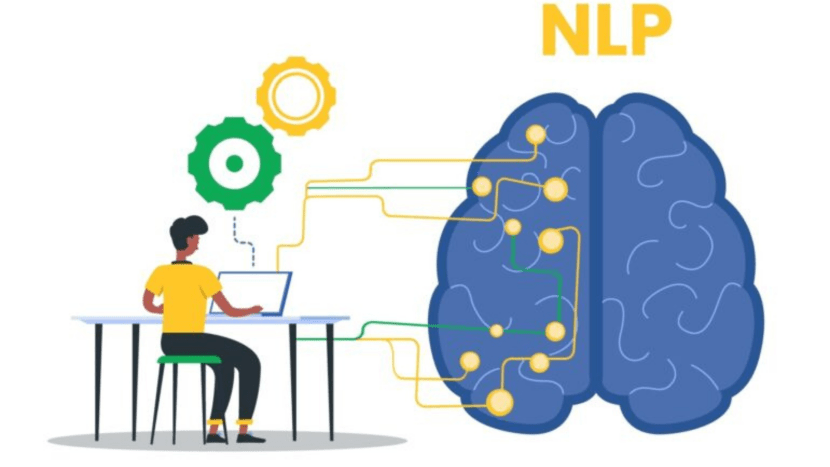Natural Image Processing: Advancing Computer Vision through Real-World Visual Data

Introduction to Natural Image Processing:
Natural Image Processing is a specialized branch of computer vision that focuses on processing and understanding real-world visual data captured from natural scenes. Unlike controlled laboratory settings, where images are carefully curated, natural images represent the diverse and complex scenes encountered in everyday life. The advancements in Natural Image Processing have enabled machines to perceive, analyze, and interpret visual information, propelling us into a future of cutting-edge AI applications.
Understanding Complex Scenes:
In natural scenes, images often contain multiple objects, intricate backgrounds, and varying lighting conditions. Natural Image Processing equips computer vision algorithms with the ability to comprehend these complexities. Techniques like semantic segmentation and scene understanding enable machines to differentiate between foreground objects and background elements, facilitating a deeper understanding of complex visual scenes.
Facilitating Object Recognition:
Object recognition is a core task in computer vision, and Natural Image Processing has significantly improved the accuracy and robustness of object recognition algorithms. By training on large datasets of natural images, deep learning models can detect and identify objects in diverse real-world contexts. This technology is essential in applications like autonomous vehicles, where the ability to recognize pedestrians, traffic signs, and other vehicles is crucial for safe navigation.
Enhancing AI Applications:
Natural Image Processing plays a pivotal role in enhancing various AI applications across industries. In healthcare, it aids in medical imaging analysis, identifying anomalies in X-rays and MRI scans. In agriculture, it helps monitor crop health and detect plant diseases from aerial imagery. In retail, it enables visual search, allowing customers to find products based on images. The potential of Natural Image Processing spans across a wide range of sectors, unlocking transformative AI capabilities.
Addressing Challenges in Natural Image Processing:
While Natural Image Processing has shown immense promise, it faces challenges associated with variations in illumination, occlusions, and viewpoint changes. Researchers are continuously working to improve the resilience of algorithms to these challenges, leading to more reliable and accurate computer vision systems.
Ethical Considerations:
As Natural Image Processing advances, ethical considerations surrounding data privacy and bias become critical. Ensuring responsible data usage, algorithm transparency, and fairness in AI systems is imperative to mitigate potential societal impact.
Conclusion:
Natural Image Processing stands at the forefront of computer vision, enabling machines to interpret real-world visual data with increasing accuracy and sophistication. From understanding complex scenes to facilitating object recognition and revolutionizing AI applications, this emerging field has transformative potential across various industries. As research and technology progress, Natural Image Processing will continue to redefine how machines perceive and interact with the world, driving us toward a future where AI-powered systems seamlessly integrate with our everyday lives.
360 0 7
Write a Comments
* Be the first to Make Comment















